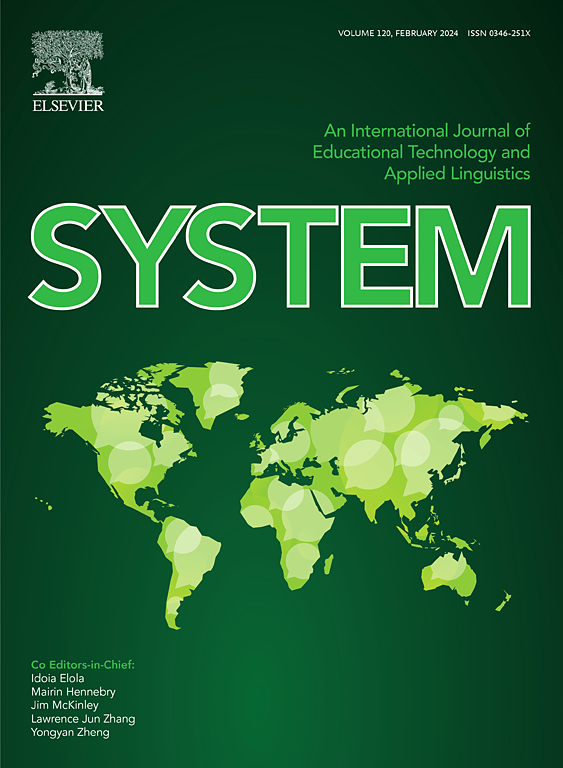Near telomere-to-telomere genome assemblies of Silkie Gallus gallus and Mallard Anas platyrhynchos restored the structure of chromosomes and “missing” genes in birds
IF 7
1区 农林科学
Q1 Agricultural and Biological Sciences
引用次数: 0
Abstract
Chickens and ducks are vital sources of animal protein for humans. Recent pangenome studies suggest that a single genome is insufficient to represent the genetic information of a species, highlighting the need for more comprehensive genomes. The bird genome has more than tens of microchromosomes, but comparative genomics, annotations, and the discovery of variations are hindered by inadequate telomere-to-telomere level assemblies. We aim to complete the chicken and duck genomes, recover missing genes, and reveal common and unique chromosomal features between birds. The near telomere-to-telomere genomes of Silkie Gallus gallus and Mallard Anas platyrhynchos were successfully assembled via multiple high-coverage complementary technologies, with quality values of 36.65 and 44.17 for Silkie and Mallard, respectively; and BUSCO scores of 96.55% and 96.97% for Silkie and Mallard, respectively; the mapping rates reached over 99.52% for both assembled genomes, these evaluation results ensured high completeness and accuracy. We successfully annotated 20,253 and 19,621 protein-coding genes for Silkie and Mallard, respectively, and assembled gap-free sex chromosomes in Mallard for the first time. Comparative analysis revealed that microchromosomes differ from macrochromosomes in terms of GC content, repetitive sequence abundance, gene density, and levels of 5mC methylation. Different types of arrangements of centromeric repeat sequence centromeres exist in both Silkie and the Mallard genomes, with Mallard centromeres being invaded by CR1. The highly heterochromatic W chromosome, which serves as a refuge for ERVs, contains disproportionately long ERVs. Both Silkie and the Mallard genomes presented relatively high 5mC methylation levels on sex chromosomes and microchromosomes, and the telomeres and centromeres presented significantly higher 5mC methylation levels than the whole genome. Finally, we recovered 325 missing genes via our new genomes and annotated TNFA in Mallard for the first time, revealing conserved protein structures and tissue-specific expression. The near telomere-to-telomere assemblies in Mallard and Silkie, with the first gap-free sex chromosomes in ducks, significantly enhanced our understanding of genetic structures in birds, specifically highlighting the distinctive chromosome features between the chicken and duck genomes. This foundational work also provides a series of newly identified missing genes for further investigation.鸡和绿头鸭的近端粒到端粒基因组组装恢复了鸟类染色体和“缺失”基因的结构
鸡鸭是人类重要的动物蛋白来源。最近的泛基因组研究表明,单一基因组不足以代表一个物种的遗传信息,强调需要更全面的基因组。鸟类基因组有超过几十个微染色体,但是比较基因组学、注释和变异的发现受到端粒到端粒水平组装不足的阻碍。我们的目标是完成鸡和鸭的基因组,恢复缺失的基因,揭示鸟类之间共同和独特的染色体特征。通过多种高覆盖互补技术,成功组装出了青鸡(Silkie Gallus Gallus)和绿头鸭(Mallard Anas platyrhynchos)近端粒-端粒基因组,其质量值分别为36.65和44.17;青鸡和绿头鸭的BUSCO得分分别为96.55%和96.97%;两组基因组的定位率均达到99.52%以上,评价结果具有较高的完整性和准确性。我们成功地在绿头鸭和绿头鸭中分别注释了20253个和19621个蛋白质编码基因,并首次在绿头鸭中组装了无间隙性染色体。对比分析显示,微染色体与大染色体在GC含量、重复序列丰度、基因密度和5mC甲基化水平等方面存在差异。丝鸡和绿头鸭的基因组中都存在着不同类型的着丝粒重复序列,绿头鸭的着丝粒受到CR1的入侵。高度异色的W染色体作为erv的避难所,包含不成比例的长erv。Silkie和Mallard基因组在性染色体和微染色体上的5mC甲基化水平都较高,端粒和着丝粒的5mC甲基化水平明显高于整个基因组。最后,我们通过新的基因组和首次在野鸭中注释的TNFA恢复了325个缺失基因,揭示了保守的蛋白质结构和组织特异性表达。绿头鸭和绿头鸭的近端粒到端粒组装,以及鸭中第一个无间隙性染色体,显著增强了我们对鸟类遗传结构的理解,特别是突出了鸡和鸭基因组之间独特的染色体特征。这项基础性工作也为进一步研究提供了一系列新发现的缺失基因。
本文章由计算机程序翻译,如有差异,请以英文原文为准。
求助全文
约1分钟内获得全文
求助全文
来源期刊

Journal of Animal Science and Biotechnology
AGRICULTURE, DAIRY & ANIMAL SCIENCE-
CiteScore
9.90
自引率
2.90%
发文量
822
审稿时长
17 weeks
期刊介绍:
Journal of Animal Science and Biotechnology is an open access, peer-reviewed journal that encompasses all aspects of animal science and biotechnology. That includes domestic animal production, animal genetics and breeding, animal reproduction and physiology, animal nutrition and biochemistry, feed processing technology and bioevaluation, animal biotechnology, and meat science.
 求助内容:
求助内容: 应助结果提醒方式:
应助结果提醒方式:


